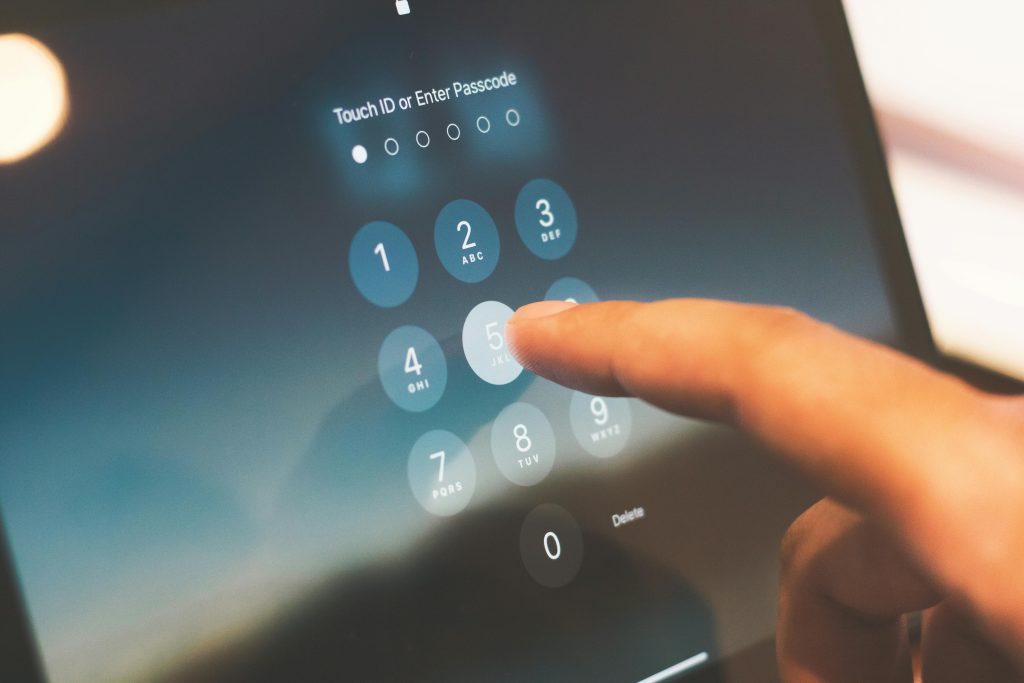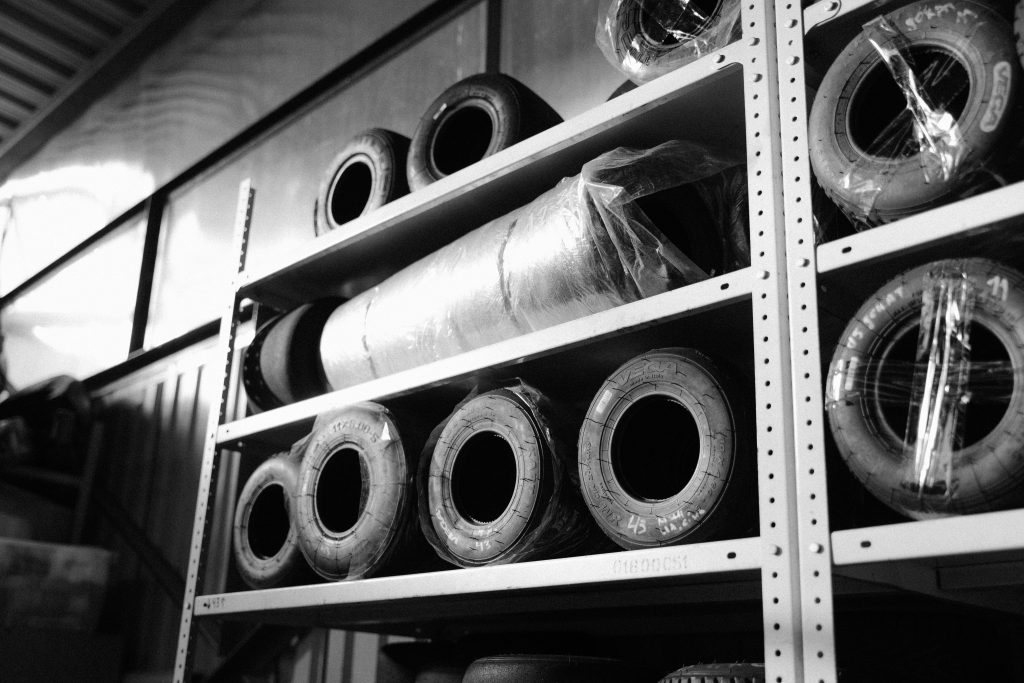Understanding Consistent Low Clock Speeds on the Gigabyte Eagle 3080 Ti: What You Need to Know
If you’ve recently acquired a secondhand Gigabyte Eagle 3080 Ti graphics card and are observing lower-than-expected performance metrics, you’re not alone. Many users have noticed that their GPU seems to operate at surprisingly low clock speeds and idle voltages, prompting questions about normal operation and potential causes.
Typical Idle and Underload Behavior
One common observation is that the card maintains an idle voltage of approximately 750mV and GPU clock speeds around 300MHz during periods of low activity. Occasionally, the clock may briefly ramp up to about 1600MHz with a voltage of approximately 885mV, but only for fleeting moments—lasting half a second or less. This dynamic behavior is generally attributed to the GPU’s power management technology, which adjusts clock speeds and voltages based on workload to optimize power efficiency.
Running Benchmark Tests: What Gets Revealed
When stress-testing the graphics card using tools like Furmark or Heaven Benchmark, users often find that the GPU’s clock speed and voltage remain consistent with idle or low-load states, even as the GPU usage approaches 100% and temperatures stay below 75°C. This indicates that the GPU’s clock and voltage are not necessarily scaling up during testing, which can be perplexing.
Is This Normal?
In many cases, these behaviors are within the realm of normal operation, especially considering NVIDIA’s GPU Boost technology and Gigabyte’s PowerTune features, which dynamically adjust performance parameters. The brief increases in clock speed are typical and reflective of the GPU’s attempt to deliver maximum performance when needed.
However, persistent low clock speeds during high workload testing may also suggest other issues, such as:
- Power limit throttling
- BIOS or firmware settings
- Driver configurations
- Hardware limitations or defects
Recommended Steps for Troubleshooting
- Update Drivers and BIOS: Ensuring that you have the latest GPU drivers and firmware can improve performance and proper scaling.
- Check Power Settings: Utilize tools like MSI Afterburner or GPU-Z to monitor real-time clock speeds, voltages, and power limits during both idle and load states.
- Review BIOS Settings: Some cards have configurable BIOS options related to boosting and power limits—consult the manufacturer’s documentation or forums.
- Inspect Hardware and Connections: Verify that the card is properly seated, and your power supply can deliver adequate power.
5
Share this content:



